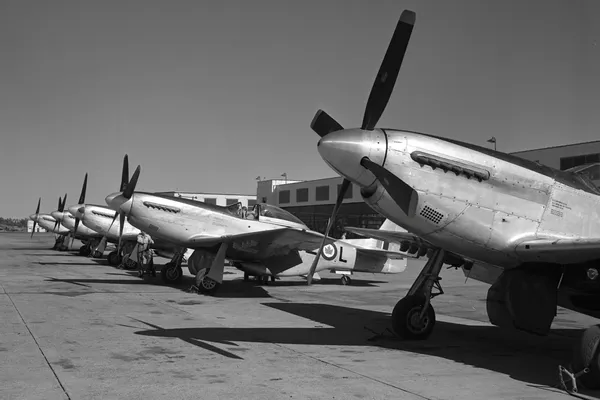Engaged in a Ramrod operation, the aircraft was hit by light flak and crashed at Driewegen Zeeland Holland.
Abandoned near Zuid Beveland
Escaped from moving train around 24 October 1944 with Flt Lt E Ebenrytter PAF.


Birth Date: unkown date
Born:
Parents:
Spouse:
Home:
Enlistment:
Enlistment Date: unkown date
Service
RCAF
Unit
129 (F) Sqn- Squadron (RAF)
I Will Defend The Right
Base
RAF Brenzett, Kent
Rank
Flying Officer
Position
Pilot
Service Numbers
C/21287
PoW: 6639
Engaged in a Ramrod operation, the aircraft was hit by light flak and crashed at Driewegen Zeeland Holland.
Abandoned near Zuid Beveland
Escaped from moving train around 24 October 1944 with Flt Lt E Ebenrytter PAF.

The North American Aviation P-51 Mustang is an American long-range, single-seat fighter and fighter-bomber used during World War II and the Korean War, among other conflicts. The Mustang was designed in April 1940 by a team headed by James Kindelberger of North American Aviation (NAA) in response to a requirement of the British Purchasing Commission. The Purchasing Commission approached North American Aviation to build Curtiss P-40 fighters under license for the Royal Air Force (RAF). Rather than build an old design from another company, North American Aviation proposed the design and production of a more modern fighter. The prototype NA-73X airframe was rolled out on 9 September 1940, 102 days after the contract was signed, and first flew on 26 October
The Mustang was designed to use the Allison V-1710 engine, which had limited high-altitude performance in its earlier variants. The aircraft was first flown operationally by the RAF as a tactical-reconnaissance aircraft and fighter-bomber (Mustang Mk I). Replacing the Allison with a Rolls-Royce Merlin resulted in the P-51B/C (Mustang Mk III) model, and transformed the aircraft's performance at altitudes above 15,000 ft (4,600 m) (without sacrificing range), allowing it to compete with the Luftwaffe's fighters. The definitive version, the P-51D, was powered by the Packard V-1650-7, a license-built version of the two-speed, two-stage-supercharged Merlin 66, and was armed with six .50 caliber (12.7 mm) AN/M2 Browning machine guns.
Canada had five squadrons equipped with Mustangs during the Second World War. RCAF Nos. 400, 414 and 430 Squadrons flew Mustang Mk. Is (1942"“1944) and Nos. 441 and 442 Squadrons flew Mustang Mk. IIIs and Mk. IVAs in 1945. Wikipedia and Harold Skaarup web page